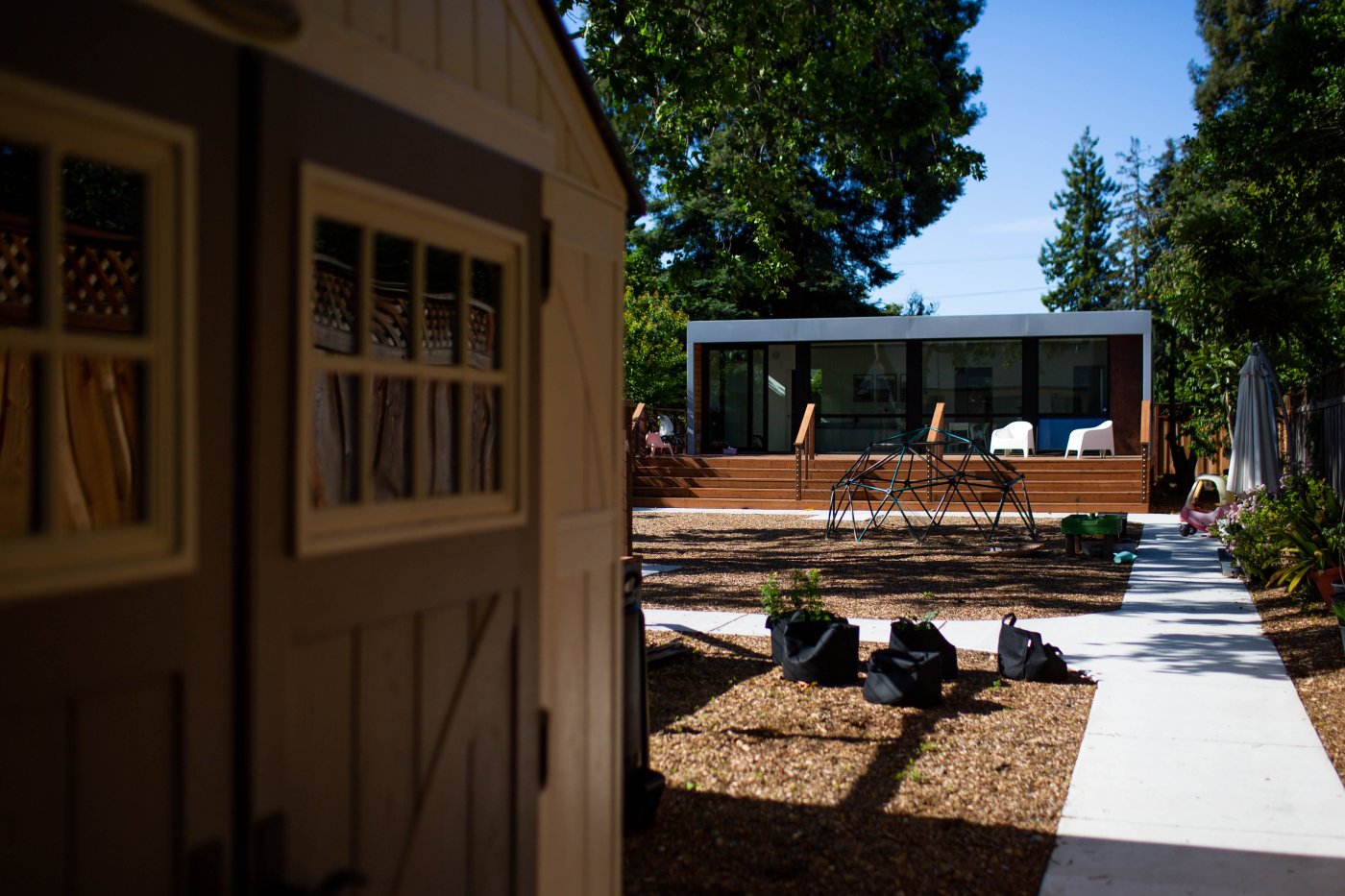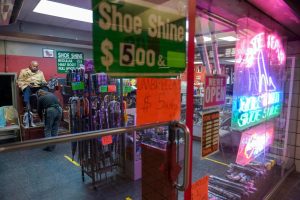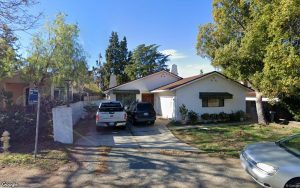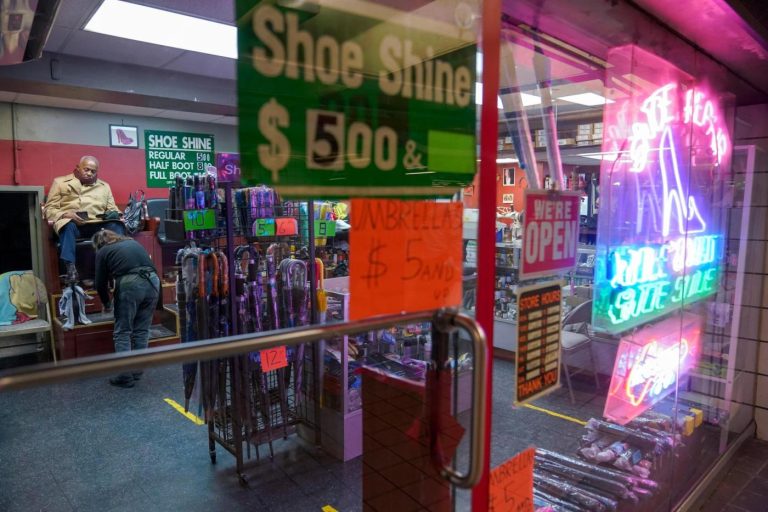San Jose this week became the first city in California to make it legal for homeowners with backyard cottages to sell those properties separately as condominiums.
Construction of accessory dwelling units, or ADUs, has taken off in recent years, as property owners take advantage of new streamlining laws that makes them easier to build. San Jose’s ordinance allowing homeowners to buy and sell their ADUS separately from their primary homes will take effect July 18.
It remains to be seen how many people choose to sell an ADU, rather than renting it out or using it as an addition to their home. But Mayor Matt Mahan said any new option for homeownership is a boon for the city.
“ADUs are one of many solutions to expanding our housing stock,” Mahan said in a recent interview. “The ability to sell them as their own asset will serve an interest in the development of ADUs in the community.”
In 2023, California added more ADUs than ever — 22,802 — representing one in every five new homes around the state. As the state looks to build 2.5 million homes before 2031, advocates see these units as a way to add supply without marked changes to the look and feel of a neighborhood. The bill, AB 1033, which passed in last year’s legislative session, allows cities and counties to permit such sales.
Housing advocates say that by allowing these smaller, denser homes to be put on the market, the supply of “naturally occurring” affordable housing will increase.
“By virtue of these being smaller homes on smaller lot sizes, we expect them to trade at significantly cheaper prices than single-family homes in San Jose,” said John Geary, CEO of pre-manufactured ADU company Abodu. Attached ADUs can be up to 1,200 square feet on lots of 9,000 square feet or larger. On smaller lots, their maximum size is 1,000 square feet, meaning someone who buys an ADU as a condo couldn’t tear it down and build a large home in its place.
The median listing price per square foot in San Jose was $832 in May, according to the Silicon Valley Association of Realtors, meaning that a 1,000 square foot ADU might sell for around $832,000. Meanwhile, the median single-family home in San Jose — typically around 1,700 square feet — sold for $1.4 million.
“This will create opportunities for homeownership at price points not currently being met by the market,” said Mathew Reed, policy director for the pro-housing group SV@Home.
The bill, AB 1033, which passed in last year’s legislative session, also provides homeowners with an opportunity to make money on their homes without having to sell, which they may be reluctant to do with mortgage rates currently hovering around 7%, he added.
In some ways, the law accomplishes the same goal of creating new housing on existing lots as SB 9 — the controversial 2021 state law that allows single-family homeowners to split their lots in two and build two homes on each parcel. The law has been mired in court battles — in April, the Los Angeles County Superior County Court struck down the law in five Southern California cities that challenged it.
The two laws differ in key ways — while a homeowner using SB 9 would create two separate parcels, a homeowner using AB 1033 would be required to establish a homeowners association that covers the primary unit and the ADU “condo,” with governing documents outlining how common areas, such as a shared yard, would be maintained and repaired.
Homeowners should be prepared to consider the ways that converting an ADU into a condo could impact the resale value of their home, said David Gunderman, a real estate agent based in Oakland who frequently works with people selling properties with ADUs. While a homeowner may receive an initial windfall from the ADU, he noted, their primary home’s value could decrease as a result of having a new, close-by neighbor.
Other cities could soon follow in San Jose’s path. Berkeley is likely to implement AB 1033 by mid-2025, Berkleyside reported.
San Jose has been at the forefront of ADU streamlining. In 2019, it offered some prefabricated ADU builders an expedited permitting process, plus lower-cost city reviews. The result has been steady growth of the backyard cottages — in 2023, the city issued permits for 466 ADUs.
Still, even with the simplified process, some are still building ADUs illegally. A recent study estimated that for every legally permitted detached ADU built in San Jose from 2016 to 2020, there were four illegal ones — which would not be eligible for the new condo program — built.
Related Articles
San Jose budget approved after millions diverted to supporting the unhoused
Cost of drinking water, wastewater services to increase for some San Jose residents and businesses
San Jose political leaders launch push to tackle blighted buildings
Service tops the agenda for San Jose’s State of the City next week
San Jose bans homeless encampments near schools, limits overnight RV parking
Built legally, a custom ADUs might cost anywhere from $500 to $600 per square foot, meaning that a 1,000 square foot in-law unit could cost around $500,000. Pre-fabricated units go for around $280,000.
Traditionally, securing construction loans for ADUs has also been more difficult than for primary residences. But this fall, the Federal Housing Administration expanded access to mortgage financing for homes that have or could include construction of an ADU, which could spur further growth of the backyard cottages.
“These are a great tool to increase the number of affordable homes for sale for first- or second-time homebuyers,” Geary said. “San Jose should receive credit where credit is due.”












